Washoku Lovers Kitchen
Japanese Traditional Day: Setsubun
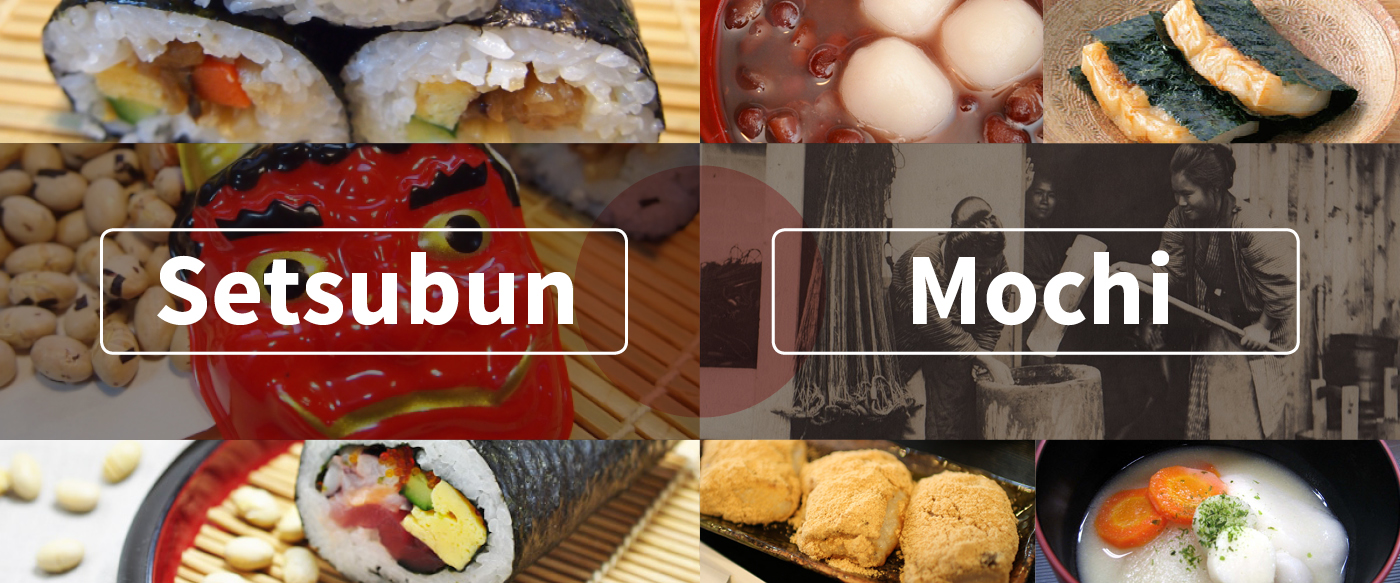
Day1 (Eve):
Mochi Pounding Party
30th January Saturday
13:00 - 16:00
at North Sydney Community Centre
'Wattle Room'
Tickets: SOLD OUT!
Day2 (Main): 10 people only!
Setsubun / Mochi
31st January Sunday
11:00 - 14:00
at Culinary Studio Dekura
Tickets: SOLD OUT!
Book both events and try 4 kinds of Mochi!!
Washoku Lovers Memeber $90
Non-member $120
- Day1: Mochi Pounding Ceremony -
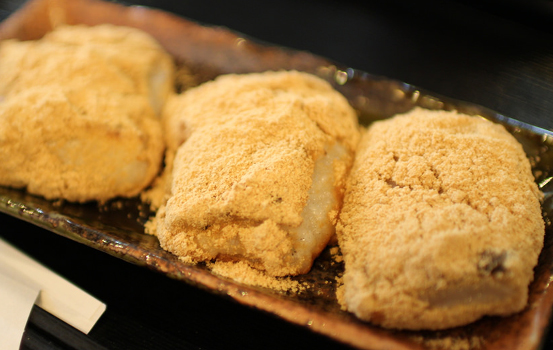
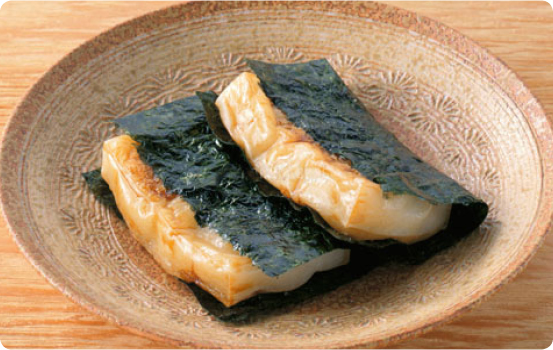
MENU
• Abekawa Mochi
(Soybean powder with suger)
• Isobe Mochi
(Soy sauce with seaweed sheet)
DRINKS
• Green tea
• Soft drinks
NEW YEARS ACTIVITY
• Mochi Pounding / Karuta / Fukuwarai / Koma
- Day2: Setsubun / Mochi -
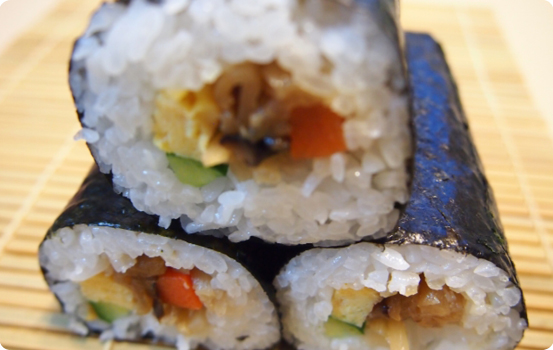
MENU *Vegetarian OK!
• Ehomaki
(Traditional sushi roll for Setsubun)
How to cook:
- Sushi rice
- Kanpyo
- Dashimaki Tamago
- Dried Shiitake Mushroom
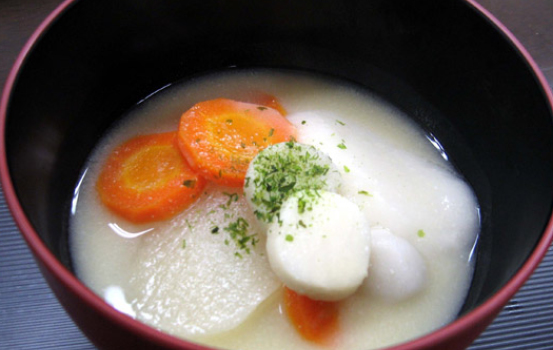
• Ozouni (Savoury)
- Mochi (Homemade)
- Siro Miso
- Kamaboko
- Carrot
- How to do “Kazarigiri”
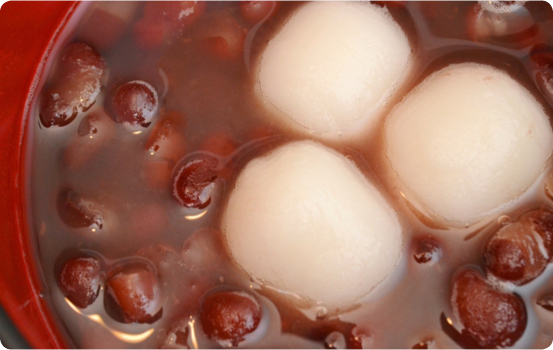
• Zenzai (Sweets)
- Mochi (Homemade)
- Red bean
- Sugar
DRINKS
• Green tea
• Yuzu juice
ACTIVITY
• Mamemaki
- Setsubun and Mochi pounding -
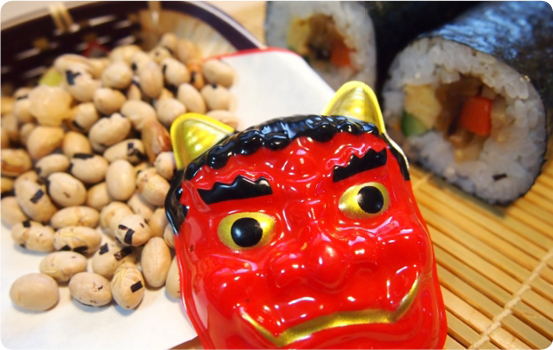
Setsubun
On February 3rd, people in Japan celebrate Setsubun, the coming of Spring. Special sushi rolls called eho-maki are eaten while facing the auspicious direction for that year. After dinner, roasted soy beans, or iri-mame are thrown out the front door of the house to cast out demons (oni), disease and bad fortune, and welcome spring and and a new year of good fortune.
Setsubun is associated with The Chinese New Year, or Lunar Calendar which was used for centuries in Japan, so this celebrates the new year as well as the coming of Spring. It is still an important event in Japan. Setsubun properly refers to the day before the coming of any of the four seasons, so, this is actually, Risshun, spring Setsubun.
Setsubun dinner is a simple meal of sushi rolls (makizushi). The proper way to eat this dinner is to face a certain direction, this year it was south-east, and eat the entire sushi roll without stopping. Don’t speak, just make your wish! This takes longer than you might think, so you have time to wish a lot!
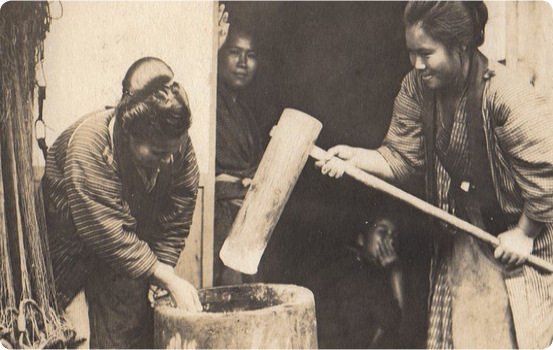
Mochi Pounding
Traditionally, mochi was made from whole rice, in a labor intensive process. The traditional mochi-pounding ceremony in Japan is “mochitsuki”.
Polished glutinous rice is soaked overnight and cooked.
The cooked rice is pounded with wooden mallets (kine) in a traditional mortar (usu). Two people alternate the work, one pounding and the other turning and wetting the mochi. They must keep a steady rhythm or they may accidentally injure one another with the heavy kine. The sticky mass is then formed into various shapes (usually a sphere or cube).
Mochi can also be prepared from a sweet rice flour (mochiko). The flour is mixed with water to a sticky opaque white mass that is cooked on the stovetop or in the microwave until it becomes elastic and slightly transparent.
- Sponsored by -
- Tickets -
Day1 (Eve):
Mochi Pounding Party
30th January Saturday
13:00 - 16:00
at North Sydney Community Centre
'Wattle Room'
Day2 (Main): 10 peole only!
Setsubun / Mochi
31st January Sunday
11:00 - 14:00
at Culinary Studio Dekura

 lowRes.jpg)

